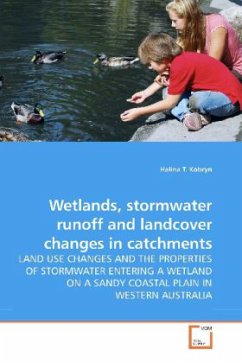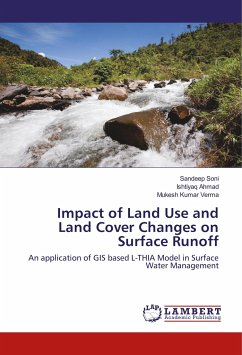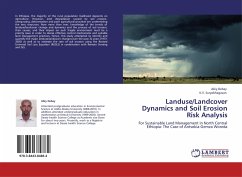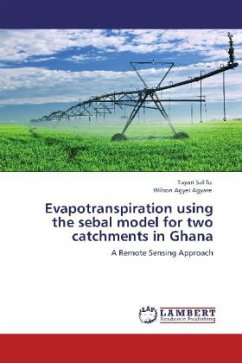This study investigated the catchment of an urban wetland on sandy soils in Western Australia. The wetland is of high conservation value but is currently used as a stormwater-compensating basin. The main aims of this work were to: determine the importance of stormwater drains in the water and pollutant balance of the lake and to evaluate pollutant retention rates by the wetland. When compared to water-quality guidelines for receiving waters, only pH and conductivity met the recommended criteria. Background flows contributed significantly to the pollutant load. More than 85% of total suspended solids, nutrients and heavy metals were retained by the wetland. An evaluation of the performance of the lake as a pollutant sink, identified phosphorus as the pollutant that requires the largest surface area for treatment. With the continuing trend of urban infill which aims to increase development density, especially in housing the percentage of impervious surfaces in the catchment will rise to over 50% within the next decade. Residential areas of medium-to-high density will most likely present the greatest challenge for managing the quality of urban runoff.








